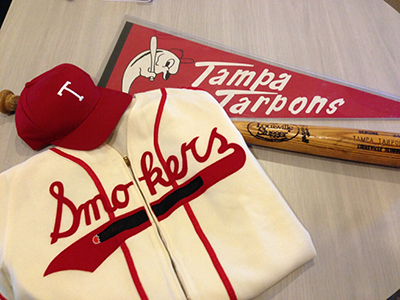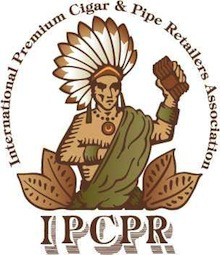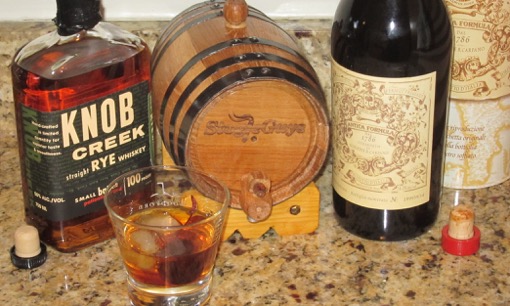Cigar Review: Nomad Connecticut Fuerte Toro
8 Apr 2015
The Orlando-based Nomad Cigar Co. was founded by Fred “GodFadr†Rewey, a man who considers great tobacco and great blending to be the cornerstones of a great cigar.
 If you read through Nomad’s website, you’ll notice a theme of quality over quantity. “Nomad cigars are only rolled with the finest tobacco,†says Rewey. “It is because of this fact, from time to time, we have a shortage. Bottom line, if the tobacco does not pass inspection, it doesn’t go in the cigar.â€
If you read through Nomad’s website, you’ll notice a theme of quality over quantity. “Nomad cigars are only rolled with the finest tobacco,†says Rewey. “It is because of this fact, from time to time, we have a shortage. Bottom line, if the tobacco does not pass inspection, it doesn’t go in the cigar.â€
Rewey will tell you blending the Connecticut Fuerte line has been one of the toughest challenges in his company’s three-year history. That’s because his approach was to create a standout smoke, not just another Connecticut on the shelf. The result is a line that boasts an Ecuadorian Connecticut wrapper, an Ecuadorian Habano binder, and a filler blend from Nicaragua and the Dominican Republic.
Six vitolas are offered: Toro, Lancero, Belicoso, Robusto, Robusto Gordo, and Corona. The Toro (6 x 52) sells for about $8. It’s a clean, moderately oily specimen with only the thinnest of veins and an effortless cold draw that imparts some sweetness on the palate. The pre-light notes are reminiscent of hay and honey. The feel is consistently spongy from foot to cap.
Once lit, the initial profile is mild- to medium-bodied with notes of cream, almond, natural tobacco, and a light pepper spice. While that flavor description may make the Connecticut Fuerte sound like your typical Connecticut, there’s something about the balance, smoothness, and lack of bitterness that makes this Toro unique. The texture is velvety and the resting smoke is sweet.
As the cigar progresses, hints of cinnamon, white pepper, cedar spice, and molasses come and go. At the midway point, the complexity really shines. There’s a slight increase in intensity down the home stretch, though I’d say the body and strength never leave the realm of expectation for a Connecticut blend. Construction is outstanding from light to nub.
Rewey may have put a lot of time, money, and effort into creating this Dominican-made blend. I’m glad he did. The Nomad Connecticut Fuerte Toro is a great reminder that Connecticut-wrapped cigars needn’t be predictable or boring. It earns an admirable rating of four stogies out of five.

[To read more StogieGuys.com cigar reviews, please click here.]
photo credit: Stogie Guys


 Both are relatively new smokes, released by
Both are relatively new smokes, released by 


 1) Registration is now open for the 83rd IPCPR Convention and International Trade Show, which will be held July 17-21 at the Ernest N. Morial Convention Center in New Orleans. The annual gathering of cigar manufacturers, retailers, suppliers, and media is closed to consumers. It will
1) Registration is now open for the 83rd IPCPR Convention and International Trade Show, which will be held July 17-21 at the Ernest N. Morial Convention Center in New Orleans. The annual gathering of cigar manufacturers, retailers, suppliers, and media is closed to consumers. It will 
 Patrick Ashby
Co-Founder & Editor in Chief
Patrick Ashby
Co-Founder & Editor in Chief Patrick Semmens
Co-Founder & Publisher
Patrick Semmens
Co-Founder & Publisher George Edmonson
Tampa Bureau Chief
George Edmonson
Tampa Bureau Chief